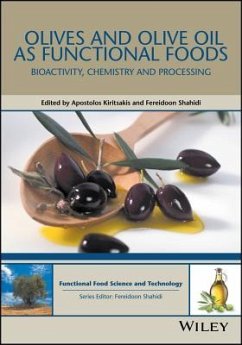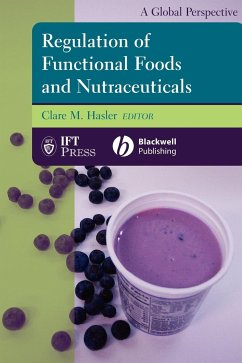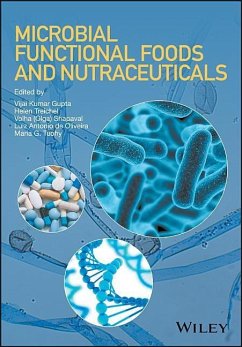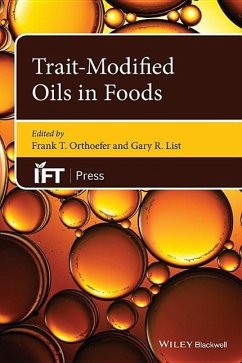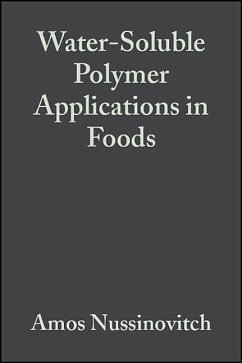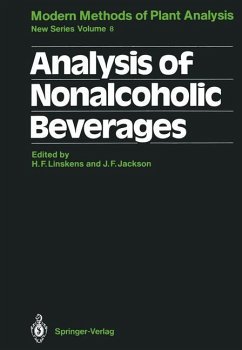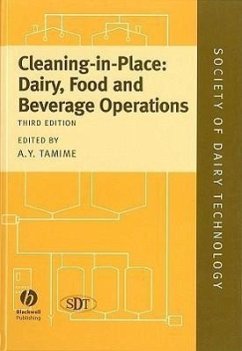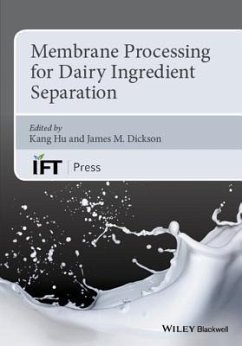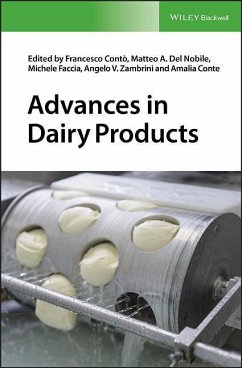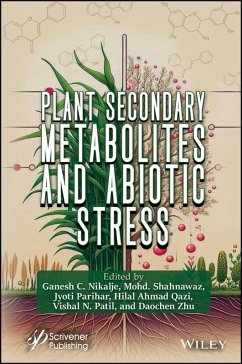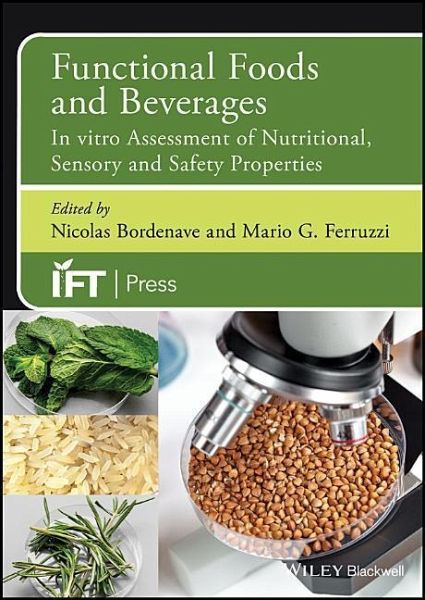
Functional Foods and Beverages
In Vitro Assessment of Nutritional, Sensory, and Safety Properties
Herausgeber: Bordenave, Nicolas; Ferruzzi, Mario G
Versandkostenfrei!
Versandfertig in über 4 Wochen
190,99 €
inkl. MwSt.
Weitere Ausgaben:

PAYBACK Punkte
95 °P sammeln!
A New Guide to In vitro Food Functionality Evaluation Principles, Processes, and Modeling There have been a number of books devoted to the assessment of food functionality but, until now, none focused on the increasingly important subject of in vitro food evaluation. With contributions from the world's foremost experts in the field, this comprehensive guide brings readers up to speed with the state-of-the-art in in vitro modeling, from its physiological bases to its current uses and future developments. Food functionality is a broad concept that encompasses nutritional and health functionality...
A New Guide to In vitro Food Functionality Evaluation Principles, Processes, and Modeling There have been a number of books devoted to the assessment of food functionality but, until now, none focused on the increasingly important subject of in vitro food evaluation. With contributions from the world's foremost experts in the field, this comprehensive guide brings readers up to speed with the state-of-the-art in in vitro modeling, from its physiological bases to its current uses and future developments. Food functionality is a broad concept that encompasses nutritional and health functionality, food safety and toxicology, and the diverse visual and organoleptic properties of food. In vitro techniques enhance the evaluation of food functionality by bridging the gap between standard analytical methods - such as chemical or biochemical analysis - and in vivo human testing. Although it is a well-established field, in vitro food testing continues to evolve toward ever - more accurate predictions of in vivo properties and outcomes. Both ethical and highly economical, this approach allows for detailed insights into food functionalities and, therefore, a better understanding of the interactions between food and human physiology. This text: * Reviews the core concepts of food functionality and functionality evaluation methodologies * Provides an overview of the physiology of the gastrointestinal tract, including host - microbial interactions within it * Explores the physiologies of taste, texture, and aroma, and considers how their sensory perception relates to their in vitro modeling and analysis * Addresses in vitro models of the digestion and absorption of macronutrients, micronutrients, and phytonutrients * Describes in vitro evaluations of toxicants, allergens, and other specific food hazards Functional Foods and Beverages is an indispensable resource for food scientists, researchers, and anyone involved with the tracking of food safety.




